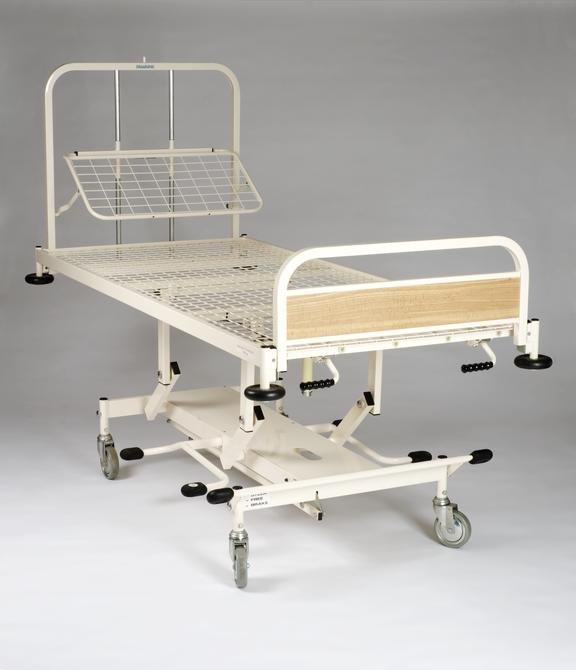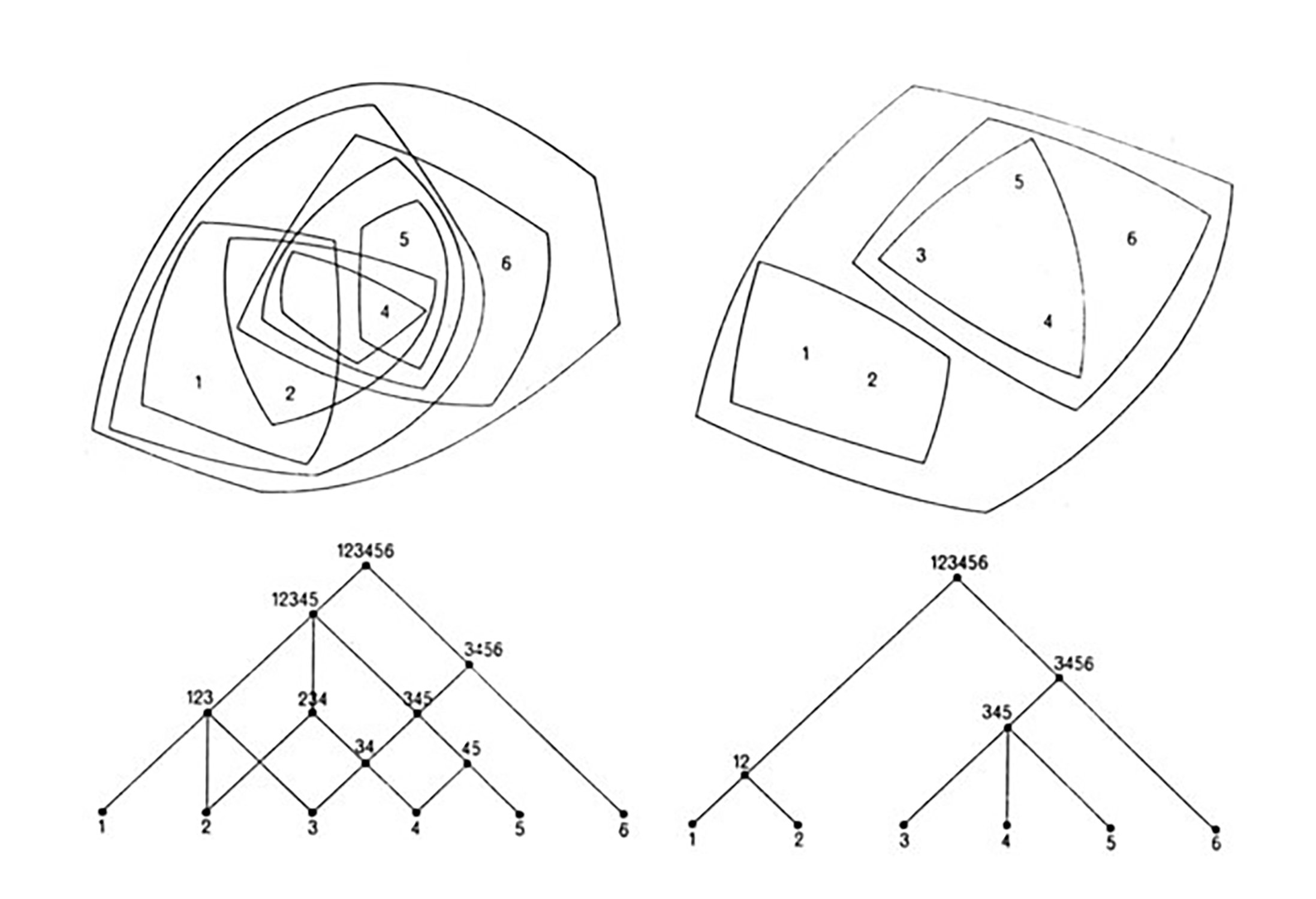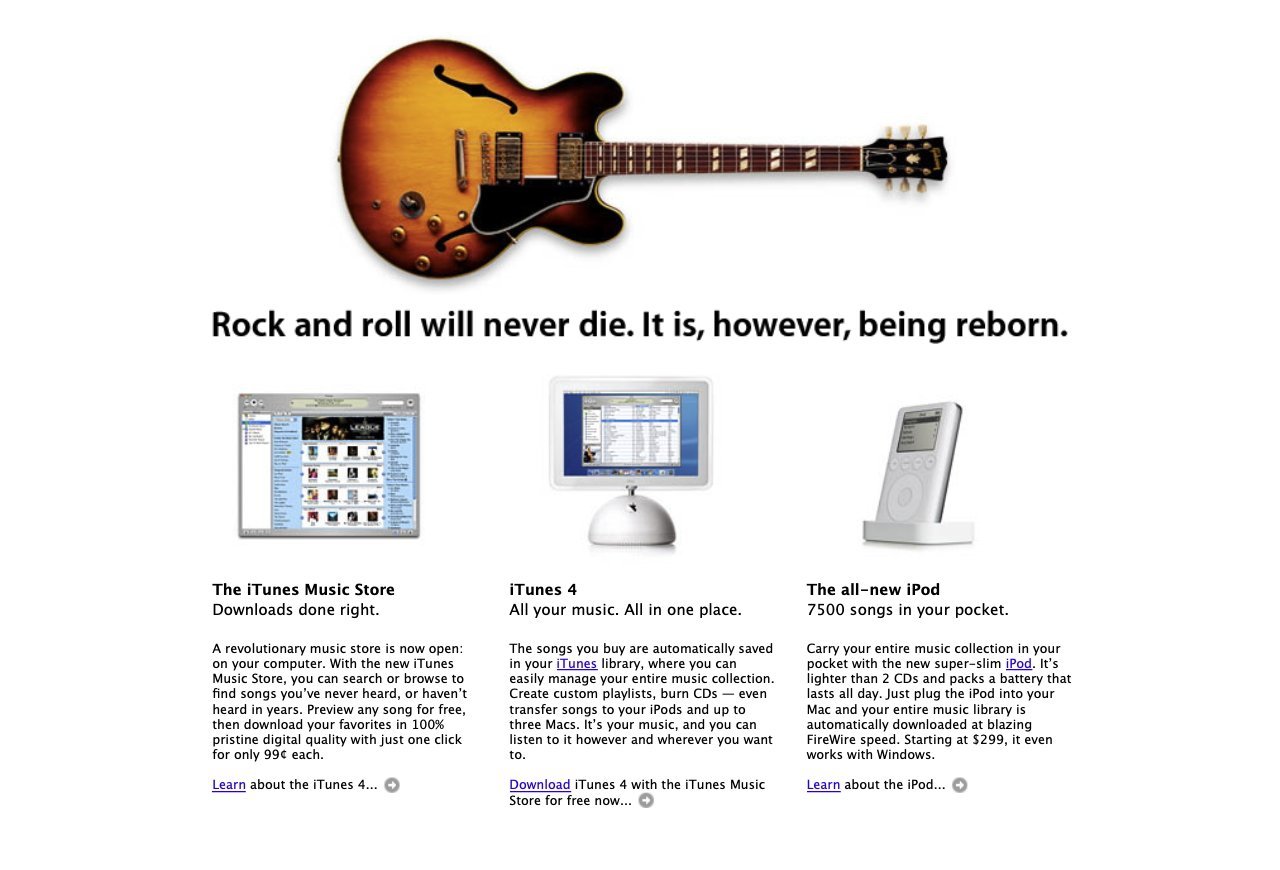
Future Scenarios
Designing the Future of Design Practice
The Purpose of Design
Design as a practice will change resulting in new understanding and appreciation for our profession. As our tools and methods become ever more intelligent and informative, what will be left for designers to do? There are reasons for both optimism as well as a healthy pessimism. We will begin by assessing our understanding of the world using standard analysis tools. Step-by-step we will consider the options. Lastly, we will reflect back on our purpose and self-worth. Helping people, as opposed to selling more products that they don’t need, has provided many growth opportunities for designers. Our challenge as designers is to create a vision of design which provides meaning as well as providing for a viable living. How will you direct your career in this future?
Prior to final presentations, let’s look back at the class…
Header image: A Future Vision (Bjarke Ingels Group and Bucharest Studio)
Image above: Madison Plaza (Studio Gang)
Final Assignment
Describe your professional Design career in 2040
In 20 years around 2040 you will be a mid-career professional. Share with the class your design approach and the artifacts or impacts you create at this point in your career. Please envision:
As a mid-career professional tell us what you do (your vision)
Discuss why you do what you do (your purpose)
Describe how you do your work (your tools)
Extrapolate trends and describe the design environment
Connect your future with the past and discuss how design has changed
Define your role and how you hope to grow in the future
What does the next 20 years look like (2060)
Be visionary and strategic
Craft a compelling story
You may present your assignment in the final class. You may record your assignment. You must tell a compelling story for your future perspective of design. This should be a valuable exercise for beginning to engage with other design professionals.
Design Your Future
“If you don’t design your future, someone or something else will design it for you. The past is not a sufficient blueprint for the future. You can analyse the past but you have to design the future.”
In the last century and a half, we have seen uneven global economic progress, but many factors including literacy have markedly improved more equally. We may ask whether GDP is the right measure for the advancement of society. The measure does provide us a view into many of the factors affecting the design profession. (Our World in Data)

Craft Versus Industrialization
The labor issues of the time deeply affected the Arts and Crafts Movement, and a struggle to rectify the limited scope of craft with the enormous economic engine that produced much of societies needs began. Most products continued to be produced by craftsmen. A growing middle class was supported by higher wages in both blue-collar and a new managerial class — white-collar. Education in technical and agriculture supported growth in productivity and wages. This led to the Unites Staes leading in technical advances and patents. The beginnings of professional management emerged. Railroads required strong management and a stable financial system to support the expenditures to expand services. Frederick Winslow Taylor began to study productivity and industrial capacity during this period, leading to the emergence is Scientific Management in the 20th Century.
Image left: A Baltimore & Ohio engine. (image: Railroad circa 1910)
A Revolution of Time and People
“The Second Industrial Revolution, also known as the Technological Revolution” is in its nascent stages at this point in history. Fordism evolved from research into how other businesses such as meatpacking and canning operated. New materials including Bakelite (1907), the first plastic, and Pyrex (1916) allowed manufacturers to make new kinds of products using industrial processes. Peter Behrens was a founding member of the German Werkbund, and a prolific architect and designer. “Behren’s work for the AEG between 1907 and 1914 may well have been the first time that a designer was invited to control the entire design output of a large company.” Christine Frederick was a home economist noted for her studies into home efficiency. Her books, Selling Mrs. Consumer and Household Engineering, are noted for the exploration of the home environment and products used within the home. The Bauhaus was founded in Weimar after the city bid to host the school. Walter Gropius presented the school in craft terms when it was founded in 1919.
Image right: Page from Household Engineering, 1919
Image below: The Bauhaus Preliminary Course (1922)
The Bauhauses
The Bauhaus Manifesto, written by Gropius in 1919, espouses the integration of craft with industrial processes. The dialog regarding art, craft, and manufacturing resulted in the evolution of ideas surrounding the education of designers. This conversation evolved by 1923 with László Moholy-Nagy assuming responsibility for the Preliminary Course. Changes in Bauhaus locations and leadership instigated by the Nazi’s, ultimately brought Moholy-Nagy to Chicago. He accepted an invitation by the Chicago Association of Arts to found the New Bauhaus, which opened in 1937.
The Fine Art Department (IZO) was Russia’s effort to “prepare artists for work in industry (V. Margolin). An active conversation regarding the nature of art and the artists role in society resulted in Constructivism. This new conception of form and space resulted in stark, powerful imagery. Influenced by Frederich Taylor and Christine Frederick, the New Building and New Interior built upon the rational efficient principals of the New Objectivity. Ensuring that housing and interiors were reasonably priced was an important consideration. Architect Margarete Schütte-Lihotzky designed the The Frankfurt Kitchen (1926) using these rational approaches to design.
Image left: The New Bauhaus Program (1937)
Consumer Psychology
The United States was in a position of strength after World War I, the war having devastated its economic competitors. “As a result, America was the preeminent industrial nation after World War I and its economy expanded rapidly during the 1920s, due to a combination of technology advances, managerial innovation, and aggressive marketing.” (V. Margolin) Elmo Calkins coined the term “consumer engineering” in 1932 to support a new science of demand generation through “progressive obsolescence.” Women were the identified as the primary consumers. New appliances and services were marketed through national advertising campaigns. Designers began to dig beneath the surface. Norman Bel Geddes surveyed women in support of his work for Standard Gas Equipment Corporation to understand the latent needs of customers. “Design methods originated in new approaches to problem solving developed in the mid-20th Century.” The Ulm School of Design was founded in 1953 by Inge Aicher-Scholl, Otl Aicher and Max Bill. A central objective was to provide a humanistic education to the designer. In contrast with solely considering form and beauty in artifacts, the designer was empowered to be an “integrator” who would bring a multi-disciplinary approach as well as systems-thinking to bear on the design process.
Image right: Model 500 Telephone (1953), Smithsonian
Diagram above: HfG Ulm School Schematic (1951)
Design Methods
Rittel & Webber considered “Wicked Problems” to be ill-defined challenges that required “argument” or communication to create solutions. Conklin’s characterization is useful for understanding the challenges posed by these problems: “The problem is not understood until after the formulation of a solution.” Buchanan provides some insight into a potential design process being proposed by Rittel in Wicked Problems in Design Thinking. “The origins of design methods lay in 'scientific' methods, similar to decision theory and the methods of Operational Research,” providing us a multitude of approaches to understand how these disciplines interact. In 1970, John Chris Jones published Design Methods: seeds of human futures to demonstrate that the design process could support both rational and intuitive processes. Working with the Nuffield Foundation, Misha Black and Bruce Archer set to identify areas in the hospital where design could produce better outcomes. The Kings Fund Hospital Bed was one design outcome from this work.
Image left: Kings Fund Bed (1994), Science Museum Group Collection, Creative Commons Attribution-NonCommercial-ShareAlike 4.0 Licence
Business and Society
Ralph Nader’s 1965 book Unsafe at Any Speed discussed topics including: usability issues, pollution, driver education. The conversation brought the 30,000+ vehicle fatalities that occur each year to the forefront. Automobile styling over the substance of safety was particularly critiqued by Nader. Viktor Papanek wrote Design for the Real World: Human Ecology and Social Change in 1971. Echoing Buckminster Fuller, Papanek believed the design should serve people, and that the world had finite resources, which is shared would meet everybody’s needs. C. West Churchman, an American systems scientist, believed that many decision-makers lacked the foundations from which to make informed decisions on complex issues. Buckminster Fuller called himself a “comprehensive anticipatory design scientist” and believed that our resources were limited on this ship we call planet earth. Yet, with these resources, we are fully capable of providing for everybody on our ship.
Image right: Unsafe at Any Speed book cover
Diagram above: from “A City Is Not a Tree” by Christopher Alexander, 1965
Design Thinking
Tame problems and Wicked Problems required different approaches, but methods could be useful in each. In “The Reflective Practitioner,” Donald A. Schön described how professionals solved problems. In his 1986 book “Design Thinking,” Peter Rowe more narrowly analyzes how designers (architects) approach design problems. Along with more generalized business models for innovating and improving processes, Design Thinking emerged from this milieu as a means to package the messy design process in a way that businesses could understand and apply. IDEO’s Tim Brown has been the greatest proponent of utilizing Design Thinking in business. As described above, the evolution of the practices are more complex, and more often associated with complex problems. As a term, “Design Thinking” has been adopted as a human-centered and hands-on approach to identifying latent customer needs and desires.
Image left: Diagram from “Wicked and less wicked problems: A typology and a contingency framework”, Alford and Head, 2017 (Researchgate)
Globalism and Competition
Michael E. Porter published How Competitive Forces Shape Strategy, which introduced his Five Forces model. With contemporaneous discussions of the “service economy,” the model created a framework for discussing the vast changes in the economy which were occurring. Buchanan, describes Four Orders of design. The first two are associated with the craft of design. The third order, finds the designer engaging in the interaction between “producer” and the “public” expanding the “accountability” of the designer. Lastly, designers find themselves “culturing” in order to find “identity” and “purpose.” With the collapse of the Soviet Union and liberalization in China, globalism was unhindered during the 1990s. Monetary policies supported by stable energy prices and low-inflation allowed the US economy to accelerate. Services became a more prominent portion of the economy with the off-shoring of low-skilled manufacturing jobs. These forces came together to create an environment of growing productivity, with shifts in where value was created. Silicon Valley and the rise of technology brought to the foreground many new opportunities to design for people.
Image right: Walmart Greeter, 1995 (Click Americana)

Service Design
Lynn Shostack established the essentials of Service Design with her seminal article “Designing Services That Deliver.” Shostack articulated the need to treat services as rigorously as products. She described how understanding and controlling a service provided companies the opportunity to differentiate these experiences. Shostack described how services can be positioned in the market in her 1987 article “Service Positioning Through Structural Change.” She describes how the essential aspects of a service can be engineered for strategic positioning using the tools of decision theory and operations management. Controlling for complexity and divergence in a service creates many new opportunities for positioning. Marc Stickdorn and Jakob Schneider offer five key principles of Service Design in This is Service Design Thinking.
Image right: Service Blueprint (Harvard Business Review)
Designing Behavior
In the 1990s, Napster faced many legal challenges for providing tools which people used to “pirate” music. Other companies including Amazon, Apple, Facebook, Google, and YouTube contributed to the growth of digital ecosystems. With the emergence of these ecosystems, new value is identified in fulfilling the needs of customers. “The term ‘Experience Economy’ was first used in a 1998 article by B. Joseph Pine II and James H. Gilmore describing the next economy following the agrarian economy, the industrial economy, and the most recent service economy.” Michael Porter established the Five Forces as a way to understand competitive advantage. In How Smart, Connected Products Are Transforming Competition, he and Heppelmann propose that smart products change the ways that value is created and delivered to customers, providing new ways to compete using a “systems of systems” model of competition. Amazon patented the 1-Click checkout in 1999. It was an essential component to the company’s strategy of becoming a marketplace where customers would buy everything they needed. The “Like” button was created to provide a positive message to the individual who posted an item to their “feed.” Later we have found that this good intention has many side effects.
Image left: iPhone circa 2007 (Apple)

User Experience Design
In December 1968, Doug Engelbart gave a demonstration of the “oN-Line System.” This system was the culmination of the SRI Augmentation Research Center’s work to create new ways of working and collaborating. The term “user experience” was coined by Don Norman in 1993 to describe the set of activities that encompassed the design of the new computing tools being created, as well as the support materials. As the World Wide Web evolved into a platform for information sharing, as well as commerce, new disciplines and tools were needed to ensure that everybody could access the resources. Don Norman’s “The Design of Everyday Things” “was originally published in 1988 with the title The Psychology of Everyday Things.” Design theorists recognize that products and services are important influencers of behavior. They form what people come to believe about complex topics including finance. Choice has become an important topic in design. “Nudge” was published by Richard H. Thaler and Cass R. Sunstein in 2008. The book describes how choice influences decisions with a nudge being the component which helps the person make a decision. “Dark patterns” are “user interface[s] that has been carefully crafted to trick users into doing things” that they would otherwise not do.
Image right: Nudge and The Design of Everyday Things
Image: Apple iTunes Ad, 2003 (Press Release)
Posthuman Design
As Matthew Allen notes, “One reason that disability has not been more thoroughly integrated into design education is that it is not usually formulated as an exciting challenge.” Designers must reconsider what they believe to be exciting. Our many challenges in inclusivity, diversity, privacy, and wellness persist. In moving beyond simply responding to legal issues, it is critical that we bring a design perspective to the challenge by creating new value for all of our stakeholders. Environmental factors affect health. From pollution to environmental stressors, many factors affect our health and wellbeing. As social animals, we require stable social environments to support our psychological wellbeing. The Coronavirus Disease has increased the stress in our lives in many ways, and has drastically changed social interaction. Sustainable Design considers the environment in developing physical objects and service systems. A considered approach to using minimal and sustainable materials is the common approach to designing for the product lifecycle.
Image left: Co-design with older adults (UX Collective)
Diagram: Environment-Centric Design (UX Design)
Thoughts to Consider
Consider how you’ll contribute to the design profession.
Image left: The MDes program course system (Matt Mayfield)
image below: DVA Dementia Village (DVA Dementia Village® Associates)





















